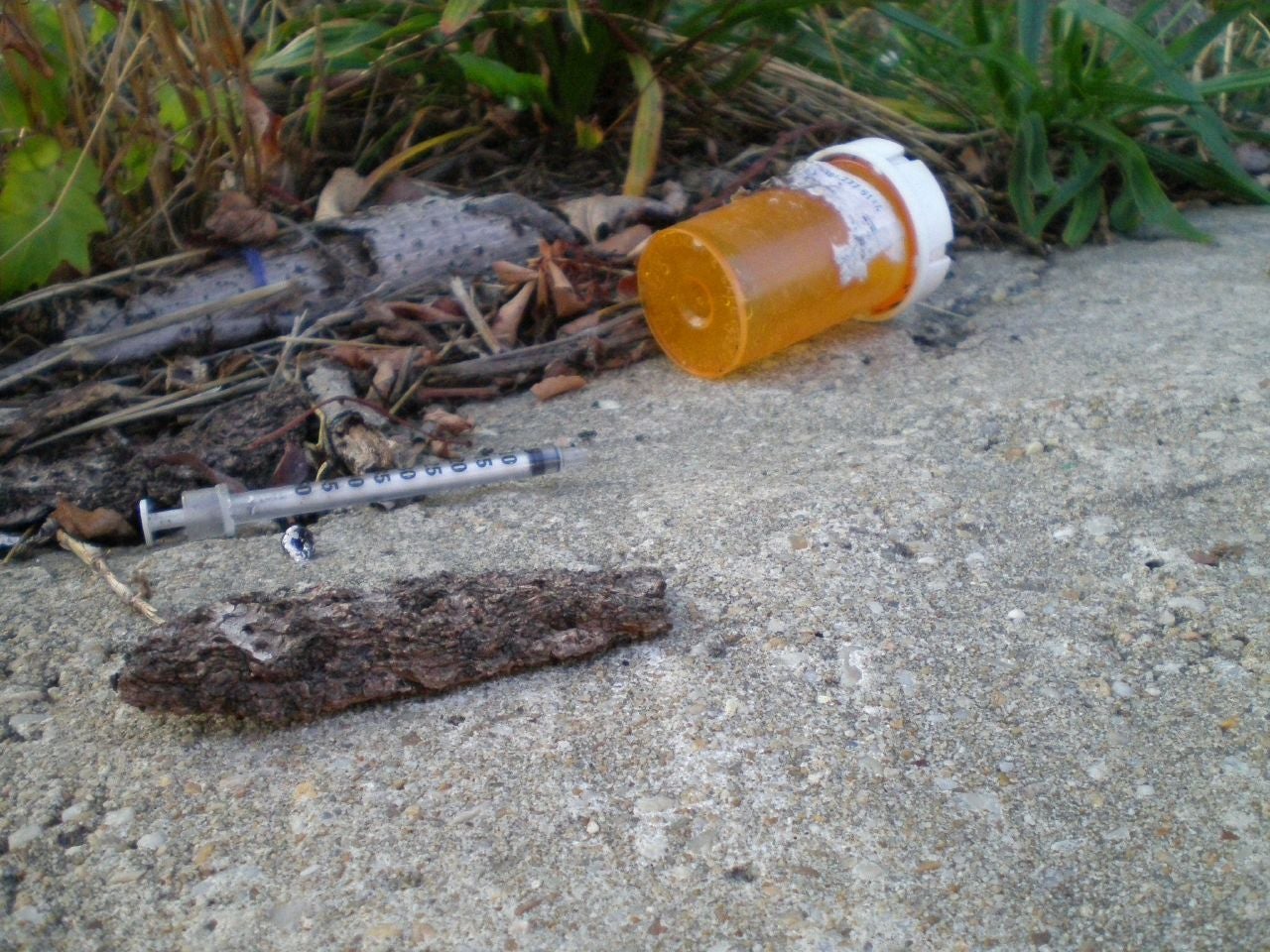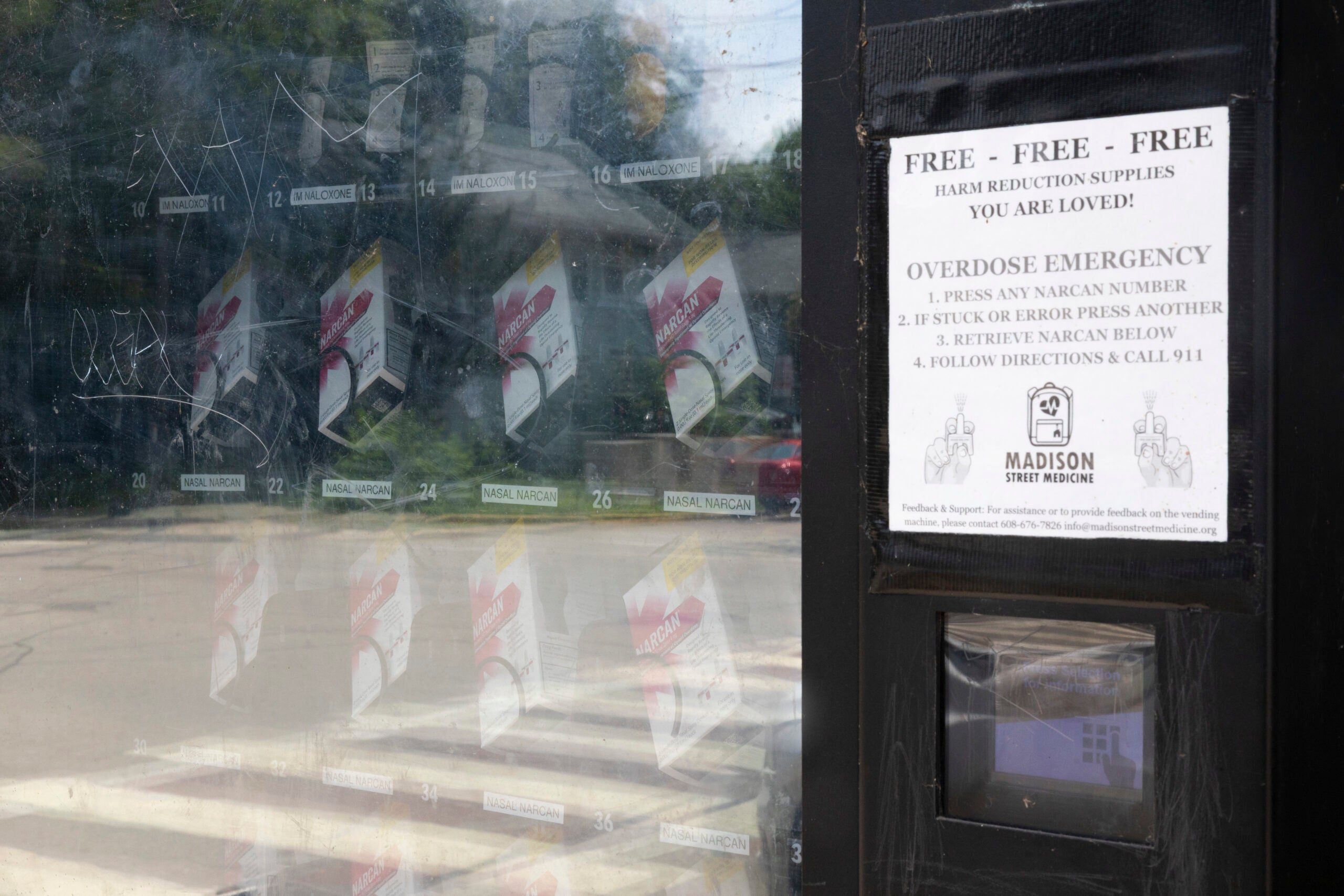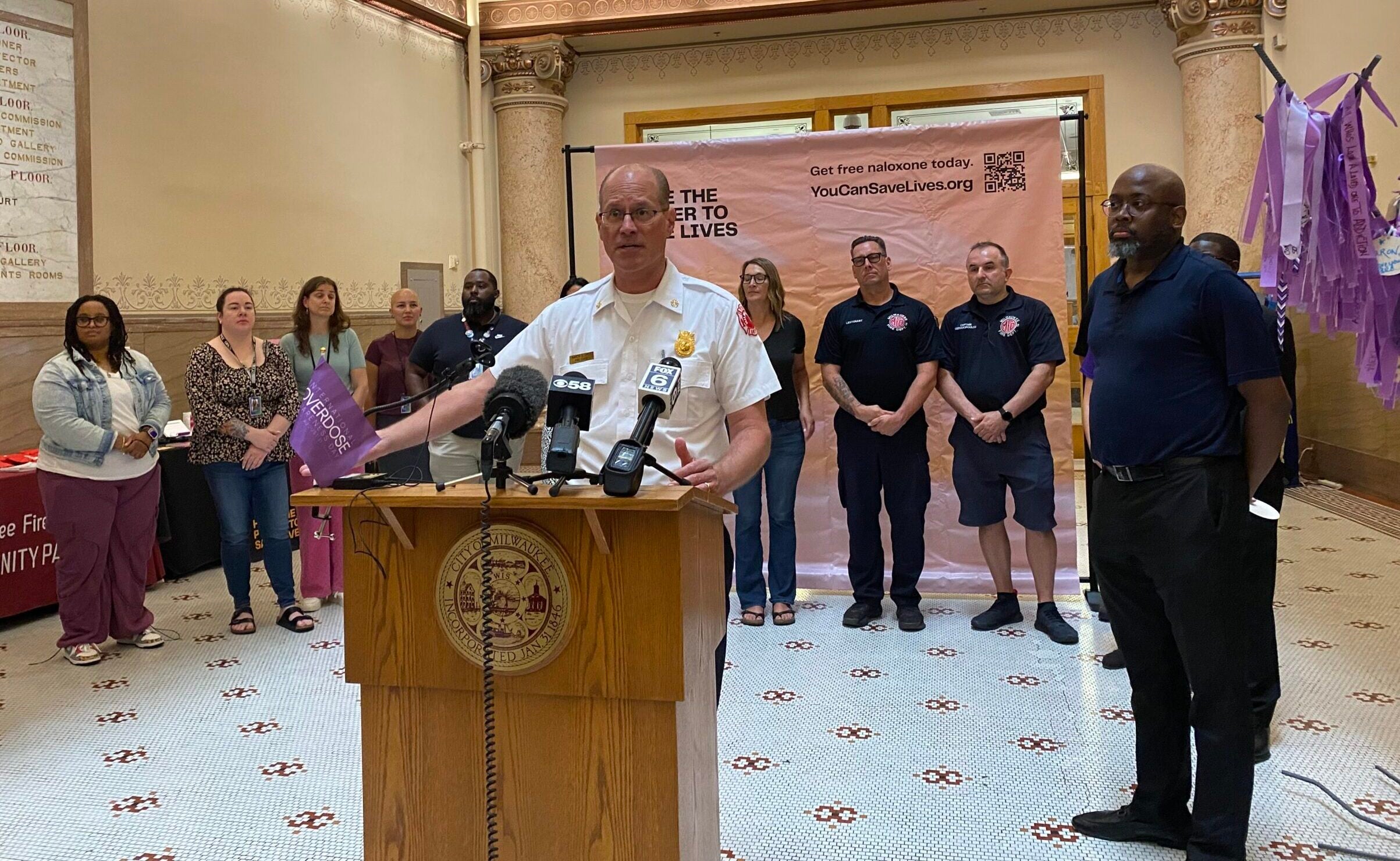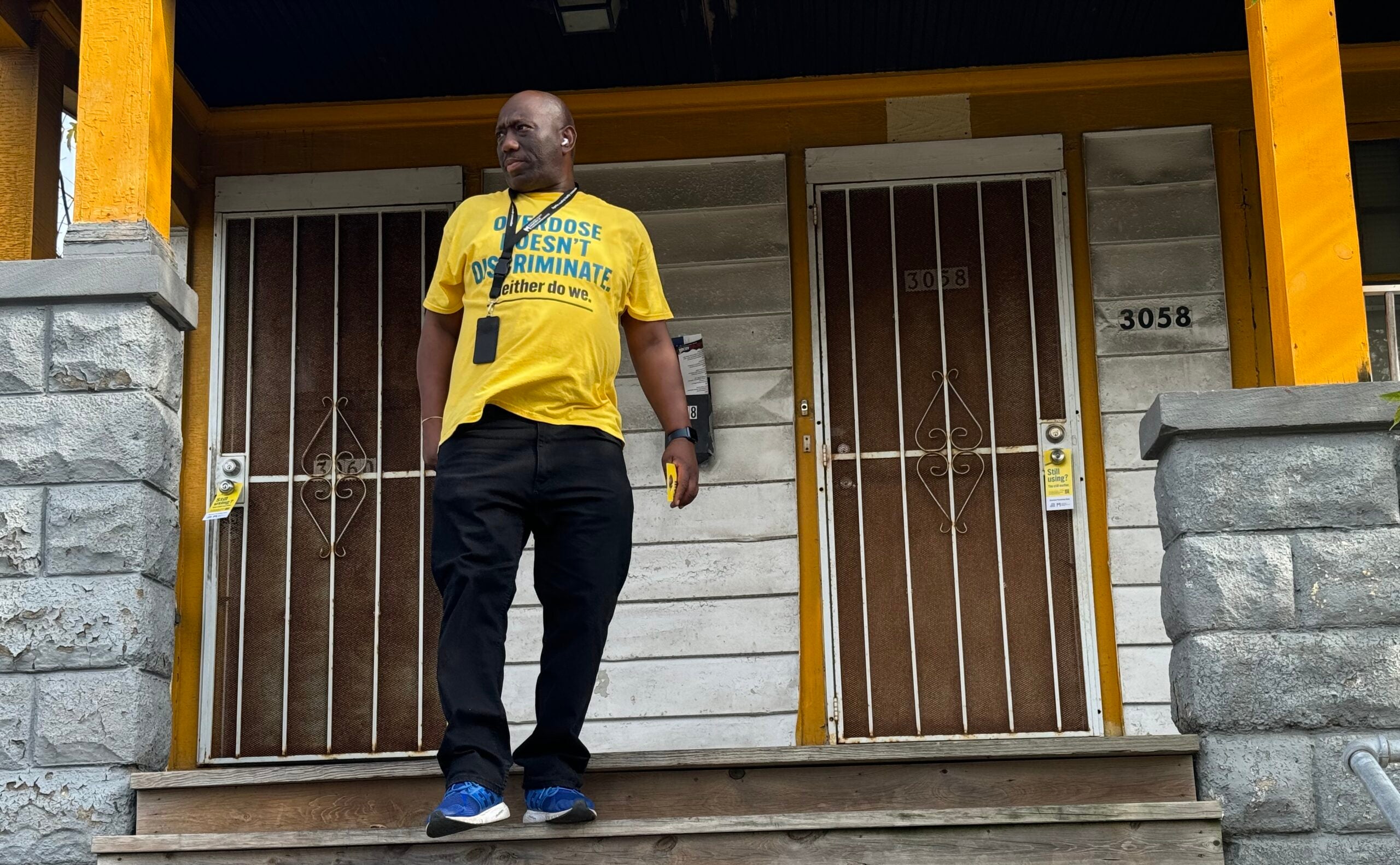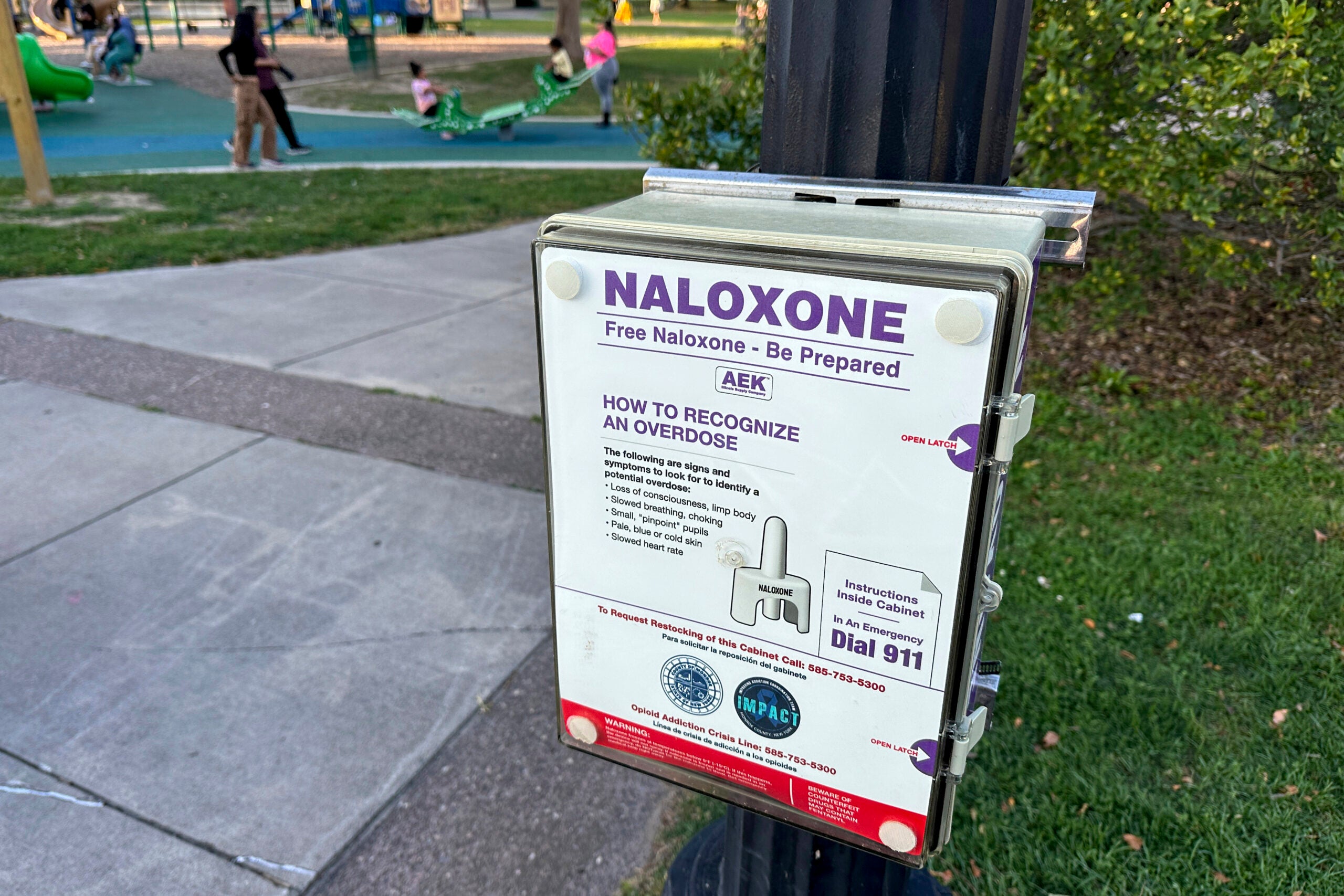Local officials in Wisconsin are joining the Obama administration in urging Congress to approve more than $1 billion in grants that states could use for opioid addiction treatment. Wisconsin could be in line for $13 million if federal lawmakers act.
The amount of the grants are based on the severity of each state’s epidemic. In 2014, Wisconsin ranked 23rd in the nation for the number of overdose deaths. Many states, including Wisconsin, don’t have enough space at treatment centers and individuals often can’t afford them, according to Greenfield Police Chief Bradley Wentlandt.
“We see this time and time again that we have people that walk in and are looking for treatment but we have too few options and too little funding to help them,” he said.
News with a little more humanity
WPR’s “Wisconsin Today” newsletter keeps you connected to the state you love without feeling overwhelmed. No paywall. No agenda. No corporate filter.
If communities want to cut crime they have to tackle addiction first, Wentlandt said.
In Milwaukee, Alderman Michael Murphy said law enforcement there is overwhelmed and that the toll of the drug epidemic is evident by the increasing number of overdoses .
“A lot of the crime being driven in our city right now is a lot of suburbanites are coming in and buying drugs. We need this help,” Murphy said about the grants.
Often people get addicted to prescription painkillers then switch to less expensive heroin. Milwaukee Mayor Tom Barrett also pointed to increased overdose deaths and urged action to take on the problem.
“There’s been a documented 495-percent increase in heroin-related deaths alone, over the past nine years in Milwaukee County and that shows no signs of decreasing,” he said. “These deaths have not been limited to people with criminal histories or drug related convictions, but actually cut a very, very wide swath across a demographic that is middle class and middle-aged.”
As a Centers for Disease Control study showed, opioid deaths cut across all demographics, skewing older and whiter.
If approved, the grant money would go for medication-assisted treatment and to provide more space in addiction treatment facilities in rural areas. It’s also intended to eliminate or reduce the cost of treatment for those who are under- or uninsured.
Wisconsin Public Radio, © Copyright 2026, Board of Regents of the University of Wisconsin System and Wisconsin Educational Communications Board.

